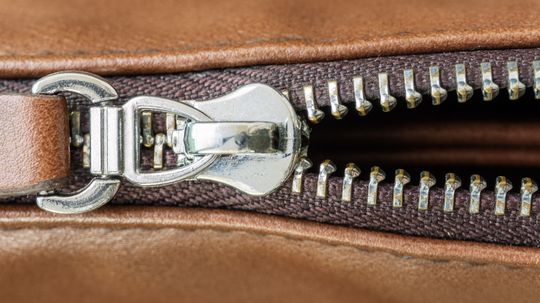Unlocking the Secrets of Zipper Functionality
An Intricate Dance of Teeth and Sliders
When it comes to fastening garments or securing bags, zippers have become an indispensable part of our daily lives. But have you ever wondered how these tiny yet mighty devices actually work? Let’s delve into the inner workings of zippers and unravel their mechanical magic.
A zipper consists of two main components: the interlocking teeth and the slider. The teeth, usually made from metal or plastic, are meticulously designed to fit together perfectly when closed. These teeth form a continuous chain that runs along both sides of the opening they are meant to secure.
The slider is where the real action happens. It features a small handle attached to a mechanism that engages with the zipper’s teeth. When you pull up on this handle, it causes two sets of jaws within the slider to open up just enough for them to grip onto one set of teeth while releasing their hold on another set further down the line.
This synchronized movement allows you to effortlessly slide your zipper open or shut as desired. As you move the slider up towards its starting position, those previously engaged jaws now release their grip on one set of teeth while clamping onto another set closer towards where you started.
Tiny Parts with Big Responsibilities
Within this seemingly simple process lies an intricate dance between various minuscule parts working in harmony. Each tooth has a specific shape and size that enables it to mesh precisely with its neighboring counterparts when closing your zipper tightly shut.
The slider itself contains even more hidden wonders – springs provide tension so that once released by pulling down on its handle, it automatically moves back into place at rest position due solely through internal forces rather than external assistance.
Additionally, the slider’s jaws are designed to exert just enough pressure on the teeth to keep them securely locked together. This ensures that your zipper remains closed even during vigorous movements or when subjected to external forces.
A Revolutionary Invention
The invention of zippers revolutionized the way we fasten and secure our belongings. Before their existence, buttons and hooks were the primary means of closure, often proving cumbersome and time-consuming. Zippers provided a quick and efficient alternative that soon became an essential feature in clothing manufacturing.
Today, zippers can be found not only in garments but also in various other products such as bags, shoes, tents, and even industrial machinery. Their versatility has made them indispensable across different industries worldwide.
In Conclusion
Zippers may appear deceptively simple at first glance; however, their inner workings reveal a complex system of interlocking teeth and sliders working harmoniously to provide us with convenient closures for our everyday needs. Understanding how these tiny mechanisms function allows us to appreciate the ingenuity behind this revolutionary invention that has transformed the world of fasteners forever.


